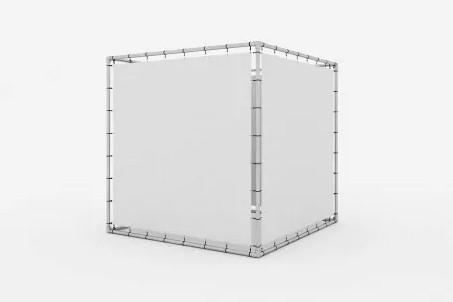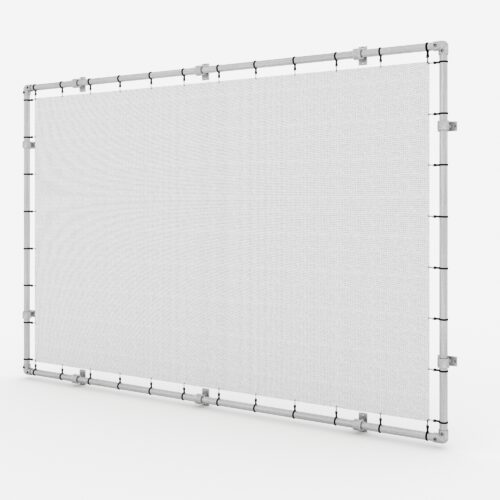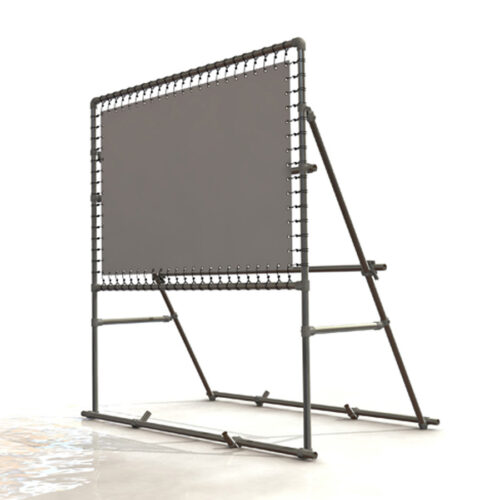Among the many materials that are commonly used in various industries, pipes, also called hollow sections, stand out in particular. They are manufactured using a variety of components, but the most common are two, high-quality, durable steel and lightweight, although slightly less resistant to potential damage, aluminium.
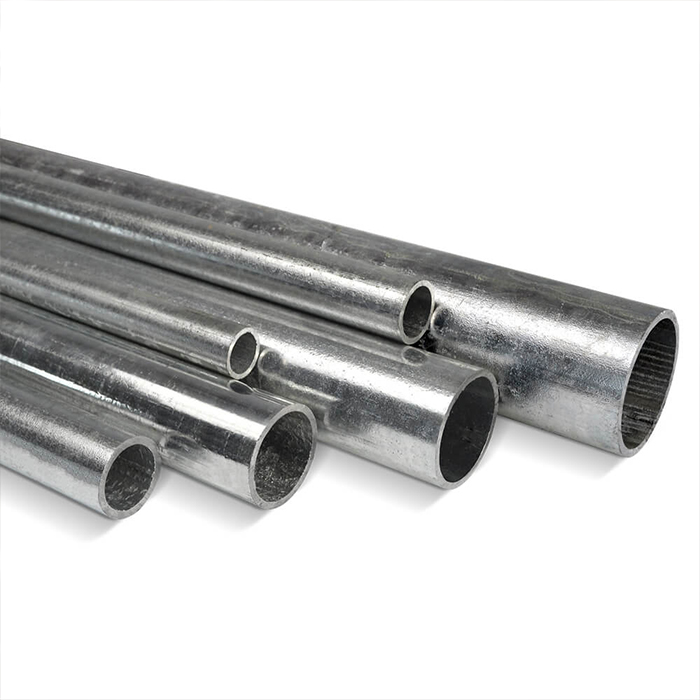
Steel or aluminium – which metal is better suited for the production of pipes
Different types of pipes made of these two metals differ in basic technical parameters affecting their use, but in many cases, they can be used interchangeably. It all depends on which pipe will meet the requirements set by the design of the home water and sewage system or the protective railing, protecting, for example, against unexpected intrusion of pedestrians onto the road. Steel and aluminium pipes, however, have different operating characteristics in many points, so it is worth getting acquainted with their most important properties, types and advantages separately.
Steel pipes – how they are produced
The concept of steel pipes means closed-structure sections, usually with a circular cross-section and a constant, symmetrical wall thickness along the entire length of the pipe. They are usually made of galvanized steel sheets, well protected against corrosion, the greatest enemy of metal. The sheet is cut to the correct size according to the specifications provided by the recipient, then rolled to the desired diameter and welded or welded along the edges. Seamless tubes are produced differently, using the diagonal rolling method or the so-called cold drawing and they find the most applications.
Steel pipes – types, applications and advantages
Pipes made of high-quality steel can be purchased in many types, which affects the scope of their application, and reputable manufacturers and distributors offer, among others:
- seamless steel pipes;
- longitudinally welded steel pipes;
- spirally welded steel pipes.
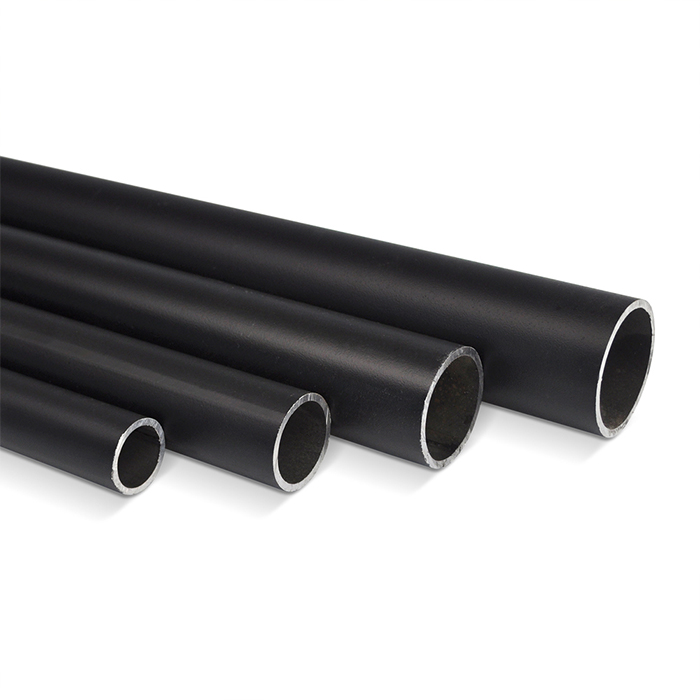
They are characterized by different diameters, lengths and wall thicknesses, they are hot-dip galvanized to protect against corrosion, they can also be painted, preferably with powder coating. Thanks to this, they are universally applicable, not only for gas or water and sewage installations, they
are also used to make road barriers, fences and protective railings, welded or connected with properly selected pipe connectors, and used for the production of furniture and scaffoldings. As for the advantages of steel pipes, it is worth highlighting:
- dimensional stability;
- ease of welding;
- versatility of use;
- mechanical strength and resistance to high temperatures.
Aluminium pipes – method of production, application and advantages
In addition to steel, a completely new material was used in the production of pipes, aluminium, i.e., aluminium, the source of which is bauxite ore. Aluminium was discovered 200 years ago and over time it began to gain enormous popularity, finding application in many industries, it is also commonly used in construction. Pipes made of it are produced by extrusion, while being processed until the required diameter, shape and length are obtained. The final product is seamless, used:
- as structural elements of balustrades, protective, technical or communication barriers;
- for various types of pipelines and air conditioning ducts;
- for lighting poles, road signs, masts and frames;
- in the engineering industry, e.g., for the construction of light car and aircraft engine blocks;
- in the food industry, aluminium is suitable for contact with food, after all, we use aluminium foil;
- in residential construction, e.g., as window frames, in place of the commonly used PVC and as parts of furniture.
The advantages of aluminium, which is lighter than steel, cannot be underestimated, and the pipes made of it are characterized by many, often very unique properties, among which specialists emphasize:
- high resistance to atmospheric agents and corrosion, which is facilitated by the natural deposition of aluminium oxide on their surface;
- resistance to changing temperatures and solar radiation;
- easy mechanical processing, sawing, bending and drilling as well as optical processing, brushing and high-gloss polishing;
- less weight than steel pipes of the same diameter and length;
- great possibilities of further surface treatment, painting, ordinary or powder;
- easy assembly of aluminium pipes, preferably with the use of fitting pipe connectors, they can also be welded using the TIG and MIG methods in an argon or other inert gas shield.


